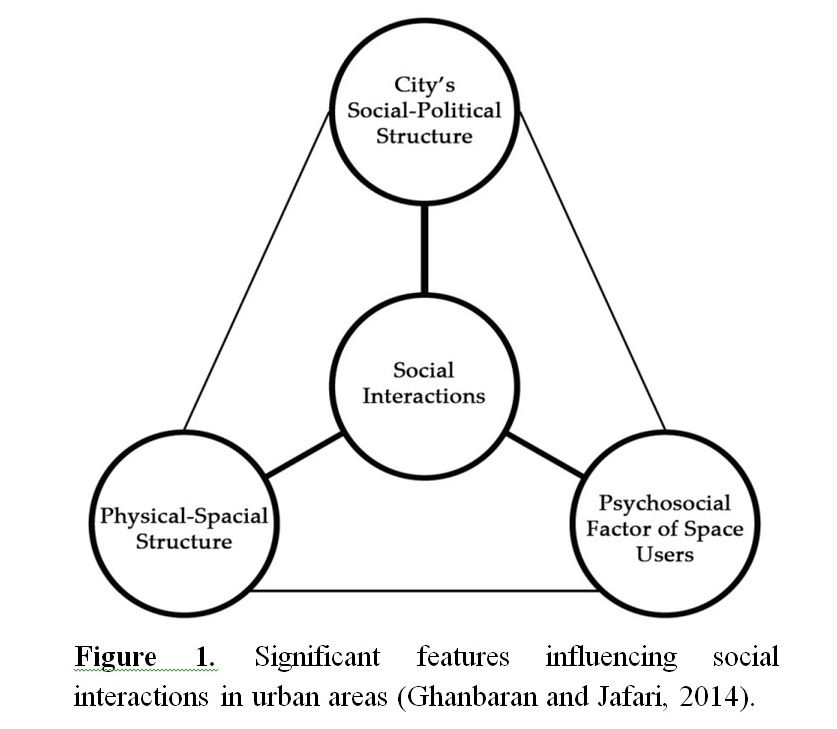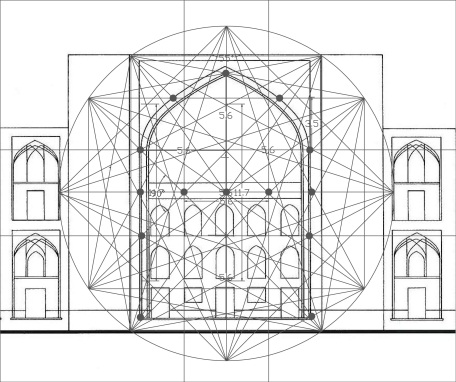Previous issue | Next issue | Archive
Volume 8 (4); 25 July, 2018
Flexible Urban Public Spaces and their Designing Principles.
Sanei M, Khodadad S and Khodadad M.
J. Civil Eng. Urban., 8(4): 39-43, 2018; pii:S225204301800007-8
Abstract
Urban public spaces are available for everyone regardless of race, age or gender and are democratic social places for citizens and the society. A public space in the neighbourhood is an available opportunity for neighbours to have communications, like friendly chats in a fenced garden or even public meetings in local parks, and social-cultural interactions as results. Although architectural landscapes and public spaces are totally specified places, but for various reasons, such as creating good connectivity with other spaces and between space users, they may need some changes in design patterns. For example, in some cases there is a need to change the dimension and increase or decrease the measurements. Therefore, possibilities of changes in both structure and functions of the spaces should be predicted in design process of the spaces. According to diminution in social interactions and the increasing isolation of people in societies, paying attention to the factors which can rise social interactions in public space design is an important issue. Flexibility is one of key elements in sustainable urban public spaces and paying attention to that can affect citizens’ behaviours and surge interactions. In this regard, according to the available and predicted facilities for changing the spaces, the amount of flexibility will be different. Flexibility has become a tool for solving the social issues in urban spaces and also answering space requests in societies, which are speedily changing. Flexible architectural design of public spaces, is a way to promote social connections and sustainable development. This research is a descriptive-analytic study, with use of library research method for data collecting, and describes the importance of the flexible designs on social life in public spaces. Some practical solutions for designing a flexible urban public space are determined in the final section of the research.
Keywords: Social-Cultural Interactions; Sustainable Urban Public Spaces; Sustainable Development; Flexible Architectural Design.
[Full text-PDF] [HTML] [XML] [MOBI] [ePUB] [AZW3]
The Manifestation of Geometric Principles in the Traditional Architecture of the Monasteries; Case Study: Sheikh Shahab Al-Din Ahari Tomb and its Hidden Geometry.
Nazer Z and Nejadebrahimi A.
J. Civil Eng. Urban., 8(4): 44-53, 2018; pii:S225204301800008-8
Abstract
The tomb of Sheikh Shahabuddin Ahari was built in the 6th century AH and its evolution has taken place in the periods of the Ilkhani, Timurid, Safavid periods. Sheikh Shahab was the master of Sheikh Safi al-Din Ardebili (the Safavid's father). Because of the Safavids, they had a special respect for him, And there are manuscripts around the walls of the mosque of Sheikh Bahai, Abbas III and Nabati.A, Which shows the significance of this monastery during the Safavid period and before it. The unique features of the architecture suggest that the architect used the construction of geometric principles and the exact system of Iranian proportions. And considering that the study of the geometry of the Sheikh Shahabuddin Ahari monastery, the tomb since the Ilkhanid era in East Azerbaijan, has not been carried out And the lack of clear exploratory resources required research that considering the importance of the subject: authors, with geometric proportional analysis approach, seek to answer this question which role geometry has played in the construction and development of the spatial elements of the monastery? Therefore, the study of analytical research and data collection tool to collect data and information have been used both field observations and library, And in order to revisit the geometric principles and proportions in this collection, geometrical analysis was carried out using geometric analysis, plan, facade and sectional analysis. The results of the analysis indicate that the architect of the building has had the required knowledge of the geometrical proportions and geometry systems that has used theme in selecting the scale of the construction and location of the main spaces, such as: large space under the dome (Ghoshshnah), Chinese houses (chinikhaneh), courtyard, Eyvan (porch) with two minarets and two small booth of two sides of the floor. The unveiling of hidden geometry in the design of the building reminds us of the privileged position of geometry in traditional architectural design, which helps to better understand traditional architecture.
Keywords: Sacred, Geometry, Iranian, Architecture, Structural, Design.
[Full text-PDF] [HTML] [XML] [ePUB]
Previous issue | Next issue | Archive


